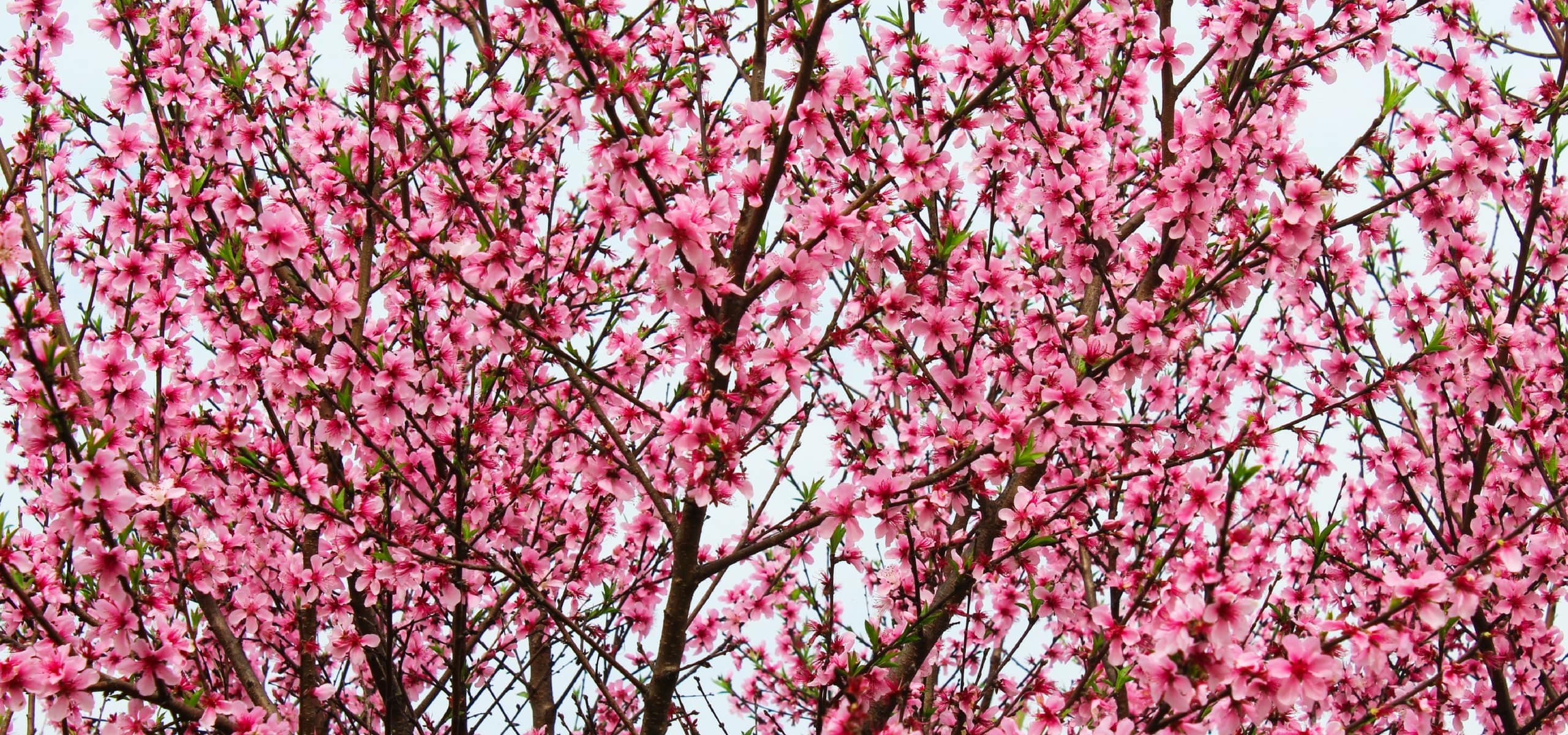
Peach and nectarine: planting, pruning and maintenance
well-cared-for fruit trees for beautiful harvests
Contents
Peach and Nectarine Trees are hardy fruit trees that produce delicious fruits in warm climates. In what type of soil should they be planted, what exposure do they need, how should they be pruned, and how can you prevent leaf curl: follow our tips for planting them in the garden or orchard and caring for them.
Where to plant peach and nectarine trees?
To plant peach and nectarine trees, choose a sunny spot sheltered from prevailing winds, such as within an orchard or on a short grass meadow.
These fruit trees thrive in all types of soil as long as it is well-drained.
Hardy, they do prefer warm climates. In northern France, opt for late-flowering varieties and train them against a south-facing wall.
If you have a small garden or a terrace, be aware that there are dwarf varieties (such as the nectarine Garden Beauty® or the peach Amber® Pix Zee), which can be grown in the ground or in pots.
Finally, note that peach and nectarine trees are self-fertile. The presence of another variety is not essential, although it can help to increase fruiting.
Discover other Peach and Nectarine trees
View all →Available in 1 sizes
Available in 1 sizes
Available in 1 sizes
Available in 1 sizes
Available in 4 sizes
Available in 1 sizes
Available in 1 sizes
Available in 2 sizes
Available in 1 sizes
Available in 1 sizes
When and how to plant?
Peach and nectarine trees are ideally planted between October and March, outside of frost periods. The plants offered in containers can be planted all year round, except during periods of extreme heat or frost.
Peach and nectarine trees thrive in all types of soils, including stony ones, provided they are well-drained, deep, and non-calcareous.
To plant:
- Loosen the soil deeply, removing stones and unwanted herbs.
- Dig a wide planting hole at least three times the volume of the root ball. Add some gravel to improve drainage if necessary. Be sure to keep the subsoil on one side and the topsoil on the other. Mix crushed horn and organic matter (potting soil, compost, etc.) with the subsoil and pour this mixture at the bottom of the planting hole.
- Install a stake, place the root ball, and cover with topsoil without burying the grafting collar. Form a basin around the base and water generously.
- Tie the stake to the plant, crossing the tie in an 8 shape, without touching the trunk.
Peach and nectarine trees can be grown in the open air or trained along a support (such as a fan shape).
Maintenance
Every year, in autumn, apply well-matured compost on the surface. Then, in winter, add a small handful of wood ash, rich in potash, to improve fruiting. Hoe around the base of the tree if necessary and apply a mulch to retain moisture in summer.
Water moderately and regularly, depending on the climate, as these trees are sensitive to both drought and excess moisture.
Diseases: combating leaf curl
Peach and nectarine trees can be susceptible to various diseases: peach leaf curl (blistered leaves), brown rot (drying of flowers and fruit rot on the tree), and shot hole disease or Coryneum (grey circles surrounded by red on the leaves), for which it is possible to spray Bordeaux mixture and a horsetail decoction as a preventive measure.
Note that there is a fairly resistant variety of peach:

Prunus persica Amsden - Peach Tree
- Flowering time April
- Height at maturity 5 m
Pruning peach and nectarine trees
Pruning is carried out approximately every 3 years, at the beginning of autumn (except for trained forms where pruning will be annual, favouring flower buds).
You can perform a “crochet pruning”, which is well-suited for peach and nectarine trees.
Indeed, these trees have the particularity of producing fruit on the branches from the previous year. The aim of pruning is to have two branches, one bearing fruit and the other serving for renewal.
To prune peach and nectarine trees:
- on a wood shoot, prune to two eyes. This pruning will give rise to two branches. Keep one branch bearing flower buds and prune it above a wood eye, after 4 or 5 flower buds.
- The other branch, whether it bears wood or flower eyes, will be cut after the 2nd eye to avoid overloading the tree.
- The following year, remove the shoot that has borne fruit. The other shoot will be pruned as before. Also remove any dead or crossing branches.
- In summer, pinch after the 7th or 8th leaf the retained shoots and after the 12th leaf the replacement shoots.
At the beginning of summer, after the natural drop of misshapen fruits, thin by removing excess fruits and those that are too small.
- Subscribe!
- Contents































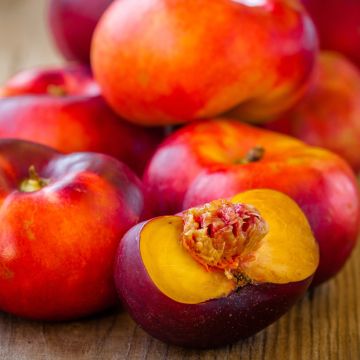
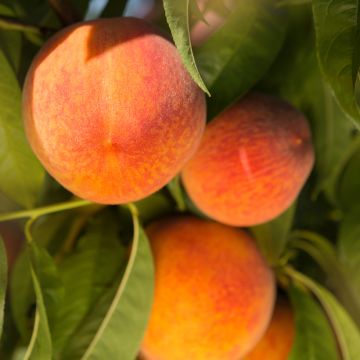
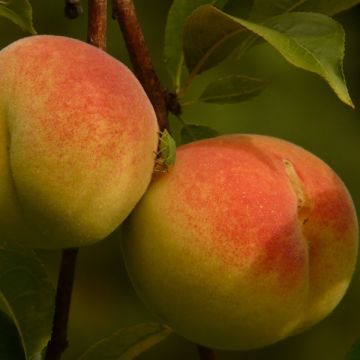
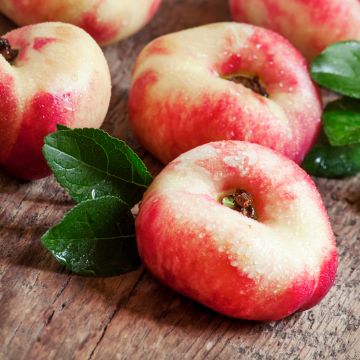
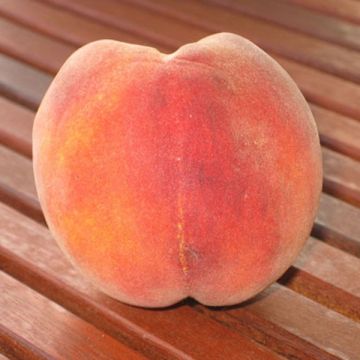
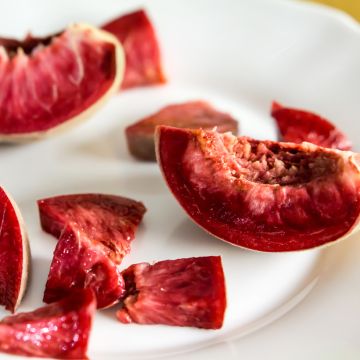
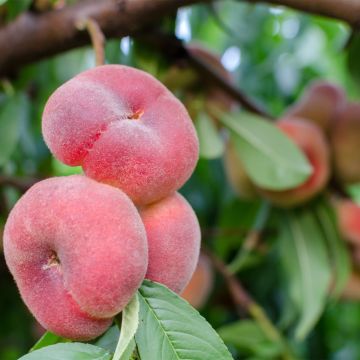
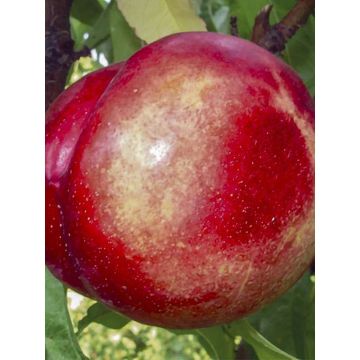
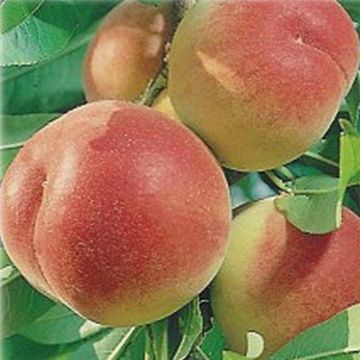

Comments